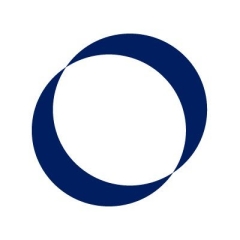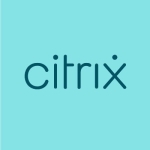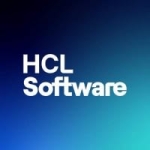What is our primary use case?
We use VMware Workspace ONE for desktop virtualization.
What is most valuable?
When compared to competitors, VMware Workspace ONE is quite good.
As we are driving this business for the credit bureau, all of the benefits and features are available, as well as a few regulatory terms from the RBA. We have to abide by the rules and the regulatory terms. The MDM solution satisfies all of the requirements.
The performance is good, and it is easy to configure.
The user interface is very friendly.
What needs improvement?
Our central authentication mechanism is not integrated with this solution, which we deployed three years ago. So far, our goal is to integrate it with our two directory servers, but we've run into a few challenges. We are not able to connect with support to help us resolve this integration issue.
I would like to see improvements made to both the support, and the pricing.
For how long have I used the solution?
We have been using VMware Workspace ONE for three years.
What do I think about the stability of the solution?
VMware Workspace ONE is a stable solution.
What do I think about the scalability of the solution?
This system may be scaled up with further licensing, which is beneficial to the company.
It has scalable capabilities.
In our organization, I believe we have 100 users.
How are customer service and support?
Technical support is an area that needs improvement.
I'm having difficulties with VMware support, with AirWatch, Workspace ONE. We would like to integrate it with our central authentication system, but there are some issues. We have been trying to connect with the technical support team to help us resolve this issue.
Which solution did I use previously and why did I switch?
We are using AirWatch, which is an MDM solution, and we are also using SaltStack, for automation.
VMware recently acquired SaltStack. According to my knowledge, the merger with SaltStack occurred this year.
How was the initial setup?
After you've deployed the solution for your company, there are only a few things left to accomplish, such as adding or configuring new users. If someone leaves the organization, you have to remove them, which does not require further administrative effort.
I believe it takes around 10 to 15 minutes to configure a new user.
A technical team of only two to three people is sufficient, especially considering they have 24/7 assistance.
What about the implementation team?
The installation can easily be done yourself, it's easy.
Anyone can follow the instructions or watch the video and do it themselves.
What's my experience with pricing, setup cost, and licensing?
It's a costly solution.
While it is not inexpensive in terms of price, it is definitely worth it. In terms of pricing and the functionality we get with the MDM, I believe it is more than adequate.
We have a three-year subscription.
What other advice do I have?
With the many solutions available such as IBM MaaS360 and Microsoft Intune, you have to consider the business requirements, the software you will be using, and the strength of the security it provides.
This solution is very secure, and I would definitely recommend it to others.
I would rate VMware Workspace ONE a nine out of ten because the support is lacking.
Which deployment model are you using for this solution?
Public Cloud
Disclosure: My company does not have a business relationship with this vendor other than being a customer.



















